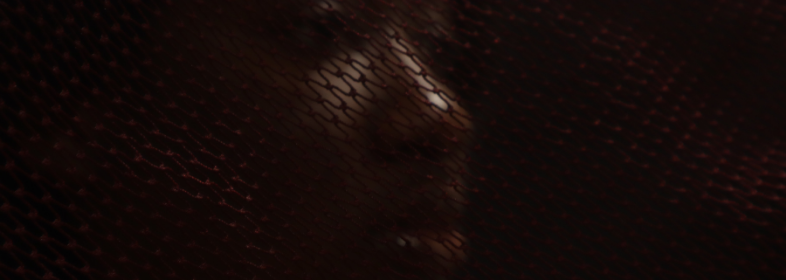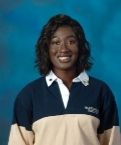
Blya Ange Ernestine Krouba

Biography
Blya Krouba
is currently a Senior at the University of Pittsburgh. She was born and
raised in Cote D’Ivoire and lived there until the age of eight. Since
then, she moved to the United States of America and lived in Upper
Darby, Pennsylvania. By the age of three, she was interested in becoming
a doctor, but has also been into art for as long as she can remember.
Growing up though, it was easy to push aside the artist within because
of the starving artist stereotype. Eventually, she realized that she
could be an artist who also pursues a medical career. Her work is based
on the personal journey she took to love herself, her culture, and her
skin tone--concepts that flowed naturally until moving to America.
Along with being a photographer and painter, she designs and sews when
time permits. Blya
will be attending University of Houston KGMCA School of Art on a full
scholarship. She is excited for what the future holds and hopes to
continue being comfortable with being uncomfortable as she grows into a
person who continues to educate and impact the world.
Artist Statement
The
theme of this project is identity. I have been researching colorism for
a few years and started this project the same way. My initial goal was
to continue to explore colorism and its effect on dark skinned
individuals in the black community, but along the way, I turned the lens
inward. I started to explore colorism with an introspective lens which I
have never done before. Although my catalyst for researching colorism
has been my past experiences; I never got this personal in previous
projects. I have always photographed my friends and other individuals
because I felt that I was narrating a story greater than mine--one of
the black community.
Because of Covid and the different times that we are in today, I
started this project with self-portraits and my thoughts and feelings
surrounding colorism. Eventually shot after shot, I broaden the lens
from colorism to identity--my identity.
My journey from being born in Cote D'ivoire (living there until I was eight) and then moving to America, where I experienced my teenage years, continues to influence my life, morals and sense of belonging. It’s like I do not fit fully in either culture. Throughout it all, I am still black. This project started with me painting myself with black paint and then photographing it. This developed into photographing still lifes and inserting my body into the composition.
I started this project with Africa and the body of an African woman: the labor of a mother. Every morning at 5a.m. she has to get up and go to the market to earn money so that she can provide for her family. If there is one thing she must do, it is to feed her child and to keep them alive. This is a pressure that not only weighs on mothers mentally but physically. You see the women carrying children on their backs as I have seen my mother do so many times. During this shot I was carrying cassava and plantain on my head. At one point, I could feel the weight of the 1.5 lb. cassava becoming painful. I felt like my neck was being crushed which made the experience so real. The transition from Africa to America is the African cloth. The cloth is used to make clothing in Africa and also used to tie the baby to their backs as seen in the photographs. This cloth has been modernized to a chic skirt or dress. The American section of the book highlights cornrows and Durag; a look in African-American culture that has been labeled ghetto by white America along with long nails, hoop earrings and colored hair.
Throughout the book there is a hidden pain that is transferred. As an African woman it is the pain and weight of carrying everything on your head. The African woman is meant to cook, clean and care for the family. She is to submit to her husband in a way that some may compare to a slave submitting to their master and that same slave spirit is carried through ancestry in the blood of African-Americans who were enslaved by white America. In Africa it was the colonization from European countries that taught African men to assert power over their wives.
I hope that my audience learns more about me through this journey, and in a broader sense, learns about the two cultures exhibited. I hope they feel the matter-of-fact approach to the work. These photographs do not express any extreme emotion like happiness or anger because it's just how it is. I am telling this story not for pity but simply because it exists. I am grateful for all of my experiences and I hope that the audience can transfer this feeling of acceptance that I have of my life to theirs.
Links
Instagram
Videos
Still Black
